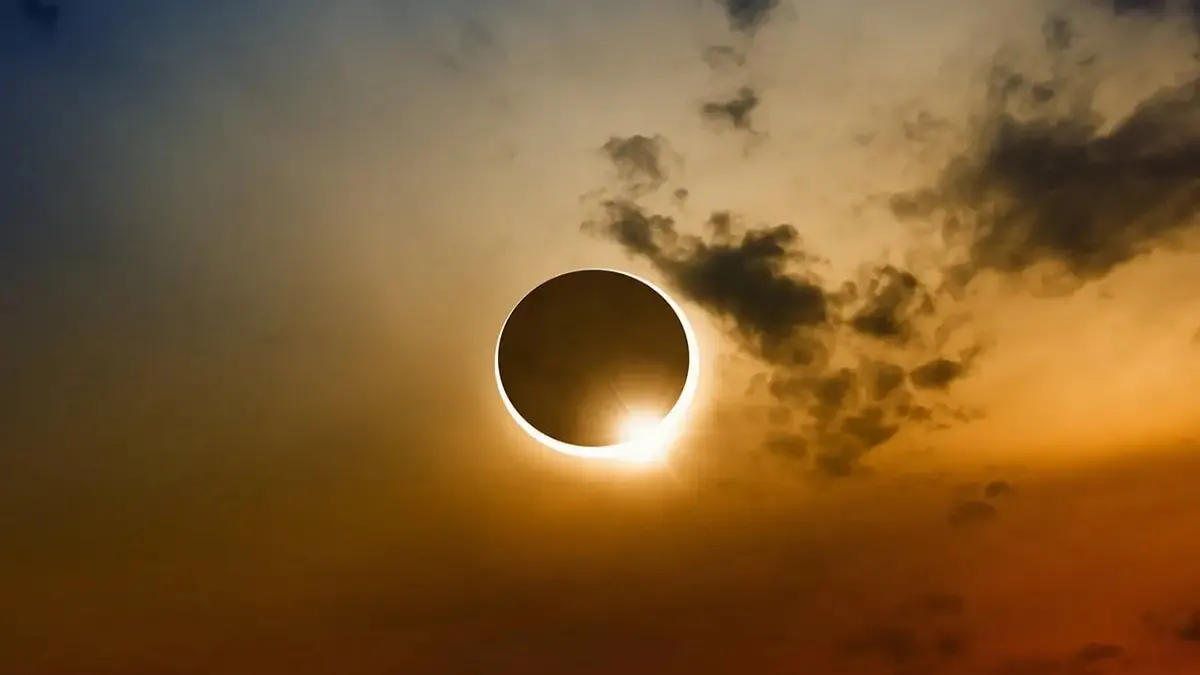
Advertisement
Imagine a solar eclipse as a big game of hide-and-seek between the sun and the moon in the sky. You know how during hide-and-seek, someone hides behind something? Well, during a solar eclipse, the moon scoots in front of the sun, like a giant moon curtain, making it look like the sun is disappearing for a little while. It’s like a special magic trick in the sky, where the sun gets to take a quick break from shining super bright, and we get to see something really cool happening up there! But remember, just like you shouldn’t look directly into a bright light, it’s important to use special glasses or watch safely on TV to see the eclipse without hurting our eyes.
Solar eclipses have long captured the fascination of humankind, inspiring awe and wonder. However, with this fascination often comes misunderstanding and misinformation.
Let’s uncover and debunk five common myths surrounding solar eclipses:
- Solar Eclipses are Rare Occurrences: While total solar eclipses might seem rare in any given location, they actually occur approximately once every 18 months somewhere on Earth. The misconception of rarity often stems from the fact that the path of totality, where the sun is completely obscured by the moon, is relatively narrow. However, partial eclipses, where the sun is only partially covered, are more common and can be seen from a broader area.
- Solar Eclipses are Harmful to Your Eyes: There’s a widespread belief that looking directly at a solar eclipse can cause severe eye damage or even blindness. While it’s true that staring at the sun can be harmful, during a total solar eclipse, when the sun is completely covered by the moon, it is safe to view the eclipse with the naked eye. However, caution must be exercised during partial eclipses or outside the path of totality, where eye protection such as solar viewing glasses or specially designed filters for telescopes or binoculars are necessary.
- Animals Behave Strangely During Solar Eclipses: It’s a common myth that animals behave strangely or become agitated during a solar eclipse. While there are anecdotal reports of animals acting differently, scientific studies have not conclusively proven any significant changes in animal behavior during eclipses. Any observed alterations may be due to changes in light levels rather than the eclipse itself.
- Solar Eclipses Bring Bad Luck: Throughout history, solar eclipses have been associated with superstitions and myths predicting doom or disasters. However, there is no scientific basis for these beliefs. Solar eclipses are natural phenomena caused by the alignment of the sun, moon, and Earth and have no inherent influence on human affairs or luck.
- Solar Eclipses Only Occur During Certain Seasons or Times of the Year: While it’s true that solar eclipses tend to occur in clusters called eclipse seasons, which happen about every six months, there is no specific season or time of the year when they exclusively happen. The occurrence of a solar eclipse depends on the positions of the sun, moon, and Earth, which can vary from one eclipse to another. Therefore, solar eclipses can happen at any time of the year.
Understanding the facts behind solar eclipses can enhance our appreciation for these celestial events and dispel the myths that often surround them. Whether you witness a total eclipse from within the path of totality or experience a partial eclipse from outside, remember to do so safely and enjoy the awe-inspiring spectacle of nature’s cosmic dance.
